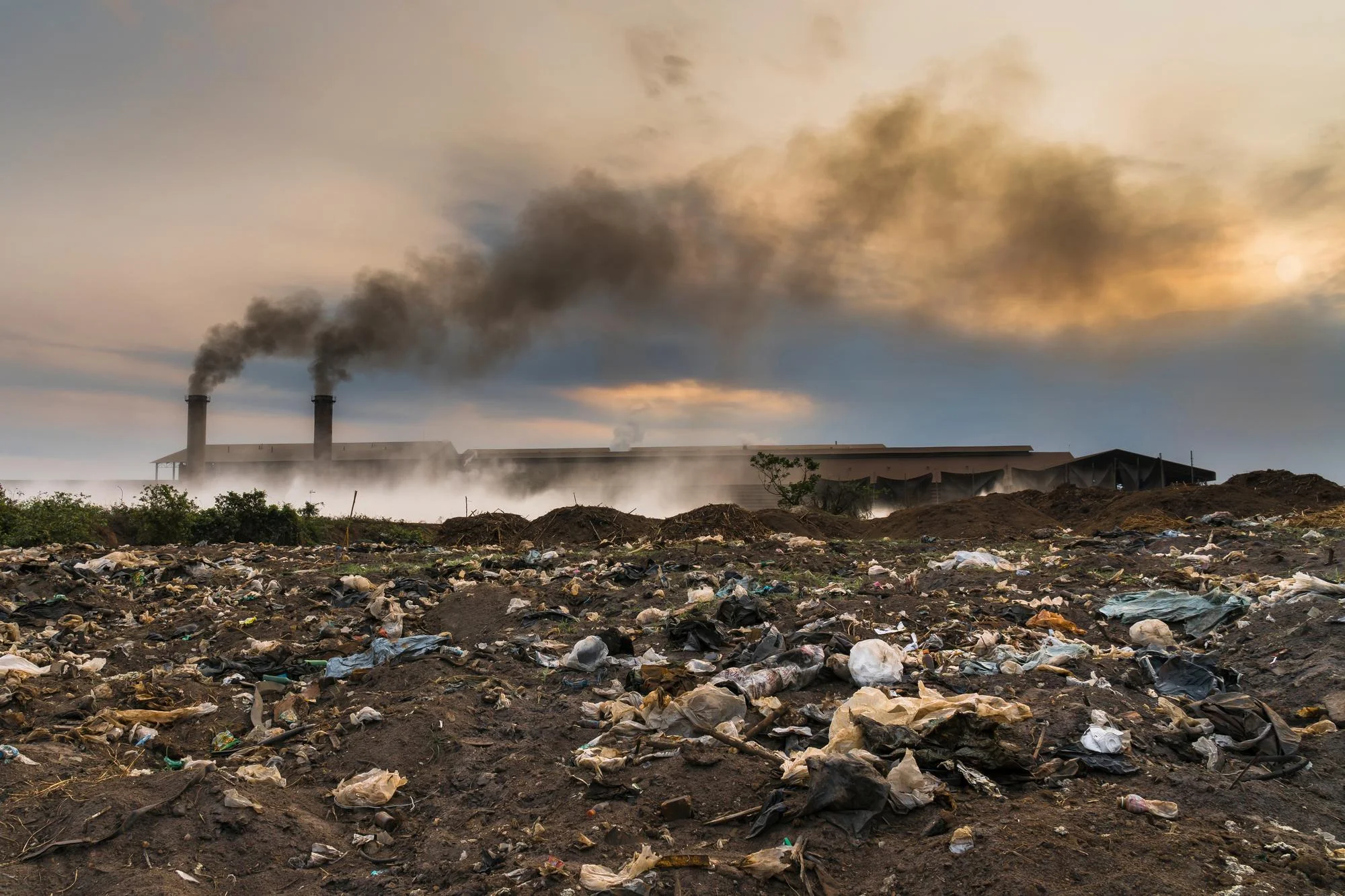In recent years, the presence of per- and polyfluoroalkyl substances (PFASs) in the environment has garnered increasing attention from scientists, policymakers, and the general public. Known as “forever chemicals” due to their persistence and bioaccumulative nature, PFASs pose a significant threat to human health and the environment. A forward-looking review in the “Journal of Hazardous Materials” by Ishtaweera Piyuni and Gary A. Baker from the University of Missouri highlights the potential of ionic liquids (ILs) and deep eutectic solvents (DESs) in tackling the ubiquitous and pernicious PFAS pollution.
The twenty-first century presents an environmental paradox—an epoch stained by the legacy of PFAS contamination. PFASs, with their carbon–fluorine bond—one of the strongest in organic chemistry—resist natural degradation processes, leading to an accumulation that threatens ecosystems and human health globally. This seemingly indestructible nature, along with findings linking PFASs to various health issues such as immune dysfunction, infertility, and cancer, necessitates an urgent call to action for the development of effective remediation strategies.
Traditional water treatment methods for dealing with PFASs, especially short-chain congeners, are frequently found to be lacking. These persistent chemicals have infiltrated our natural waters, the soil that nurtures our crops, and even the food containers from which we eat. According to Piyuni and Baker’s review, published on November 8, 2023, with DOI: 10.1016/j.jhazmat.2023.132959, alternative and more formidable approaches are essential.
With their novel physicochemical properties, ILs and DESs emerge as promising candidates for enhanced PFAS separation and quantification. This review concisely captures the advances in the application of ILs and DESs, both as media in liquid-liquid extraction processes and as tailored sorbents for adsorbing PFASs from environmental matrices. These innovative solvents exhibit superior extraction efficiencies and selectivity compared to conventional solvents, offering a beacon of hope for more robust PFAS decontamination tactics.
The authors highlight the role of dicationic ionic liquids in advancing mass spectrometric detection of PFASs to ultrahigh sensitivity levels. Moreover, the use of fluorinated ILs and hydrophobic DESs presents a significant leap in the sequestration of PFASs, opening the door to fast-paced advancements in this crucial field of study.
However, the journey toward a PFAS-free environment is fraught with formidable challenges. The current extraction methods grapple with limited selectivity, matrix interferences, and often, the procedures are laborious and costly. Piyuni and Baker call for rigorous assessments including evaluations of water solubility, toxicity, and biodegradability of ILs and DESs. Furthermore, improved recyclability and comprehensive techno-economic analyses are deemed vital for the progress and scalability of these innovative solvents.
Perhaps most crucial in the vanguard against PFASs is the need to address the emerging short-chain PFASs and their alternatives. These substances, such as PFBS and GenX, pose potentially higher toxicity risks and thus require attention in future research. The integration of advanced data-driven methods such as machine learning into PFAS research could significantly enhance detection and removal, shedding light on intricate patterns and facilitating predictive analytics.
This comprehensive review concludes with an endorsement for the integrated approach of separating and destroying PFAS compounds as part of an advanced treatment, promising a more complete and enduring solution to this pressing issue. The authors express no known competing financial interests or personal relationships that could have influenced their findings, bolstering the integrity of their research.
The pursuit of PFAS abatement is a complex and ongoing challenge that demands innovation at every turn. As Ishtaweera Piyuni and Gary A. Baker suggest, it is through the lens of science and technology, like the application of ILs and DESs, that we can hope to conquer the tenacity of these “forever chemicals.”
References
1. Piyuni, I., & Baker, G. A. (2023). Progress in the application of ionic liquids and deep eutectic solvents for the separation and quantification of per- and polyfluoroalkyl substances. Journal of Hazardous Materials, 465, 132959. doi:10.1016/j.jhazmat.2023.132959
Keywords
1. PFAS remediation strategies
2. Ionic liquids PFAS separation
3. Deep eutectic solvents contamination
4. PFAS environmental impact
5. Advanced PFAS treatment methods
